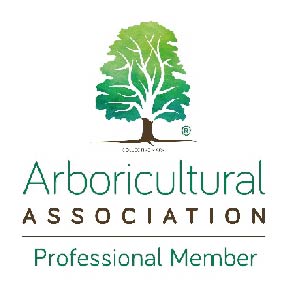BS 5837 Trees on development sites
- Pre-development
Tree advice prior to buying land or as part of the pre-application planning process with the local planning authority.
- BS 5837 tree constraints survey and plan
BS 5837 tree constraints survey and plan identifies the constraints and advantages of the trees on potential development sites, and is used by the project design team as an aid to the development design process.
- Arboricultural Impact Assessment (AIA)
Arboricultural Impact Assessment (AIA), the principle tree report for a full planning application where there may be an impact on trees. The Impact Assessment will show the impact of the trees on a development and the effect of the development on the trees, how the trees will be incorporated into the design, and protected during the construction period. It will include a plan showing the trees to be retained, by number and retention category, the location of tree protection and shows how the development fits around the retained trees. The plan will also show any areas close to trees where any special requirements are required, these requirements will then be covered in the Arboricultural Method Statement.
- Arboricultural Method Statement (AMS)
An Arboricultural Method Statement (AMS) is often a condition of a planning consent, it details how construction works close to trees should be carried out. It details how and when fence and ground protection has to be erected around retained trees, the methods of construction required when construction is required within the root protection area; such as hand digging or a no dig construction methodology for hard surfacing.
The AMS also details general restrictions close to trees and the sequence of works in relation to trees on a new site which may include a pre-commencement meeting and ongoing site supervision.
Contact Us
We will get back to you as soon as possible.
Please try again later.


